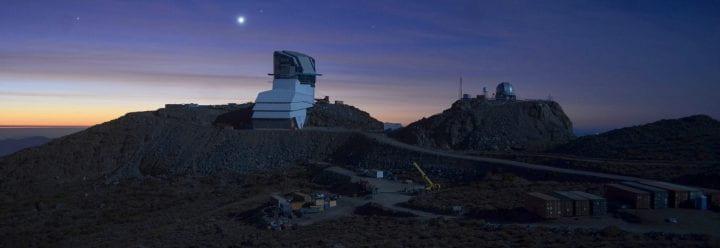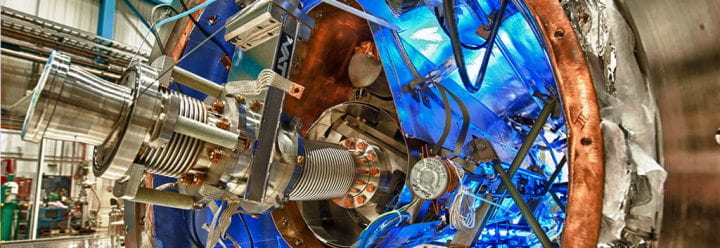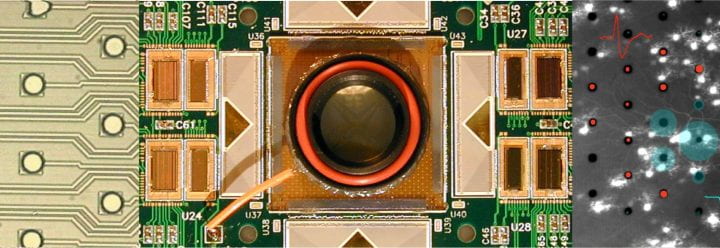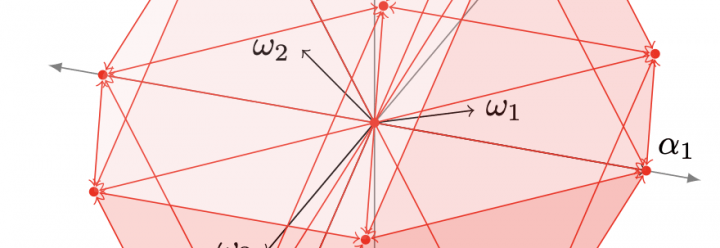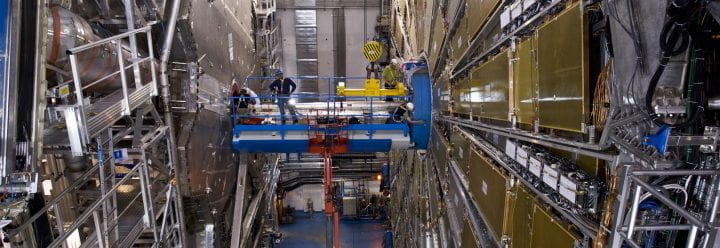Research in high-energy particle physics and astrophysics is done in the setting of an organized research unit, the Santa Cruz Institute for Particle Physics/SCIPP. With approximately two dozen faculty from Physics, Astronomy & Astrophysics, and SCIPP appointments, plus post-docs, research staff, students, visitors, and administrative staff, SCIPP is home to vibrant and evolving research in experimental and theoretical particle physics and particle astrophysics. An especially exciting aspect of work in SCIPP is the productive interaction among the different research groups, including the close connections between theoretical and experimental work, on topics such as searches for the Higgs boson, supersymmetry, the nature of dark matter, tests of fundamental physics, and a wide variety of high-energy phenomena on the ground, in the atmosphere, and in space.
Research Areas
